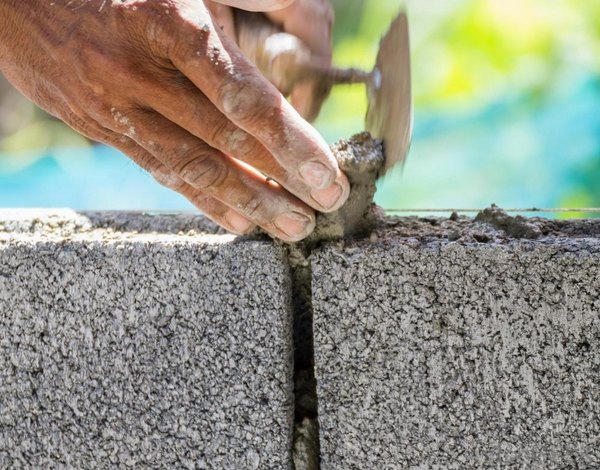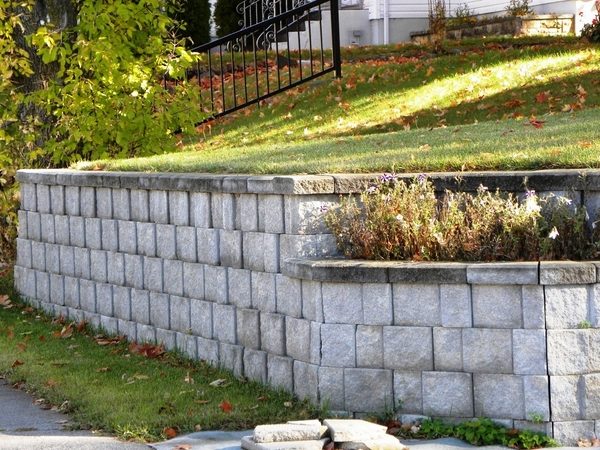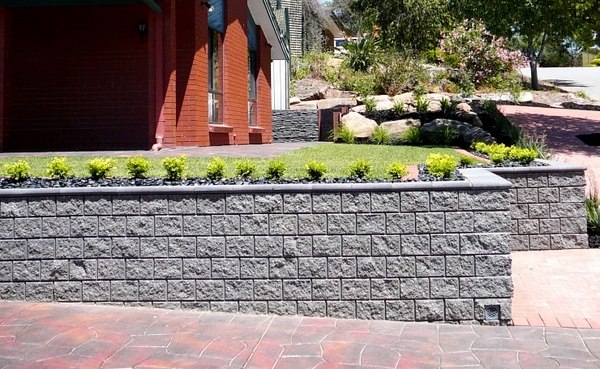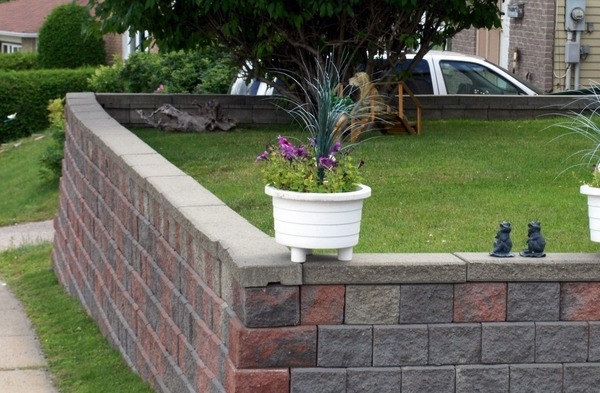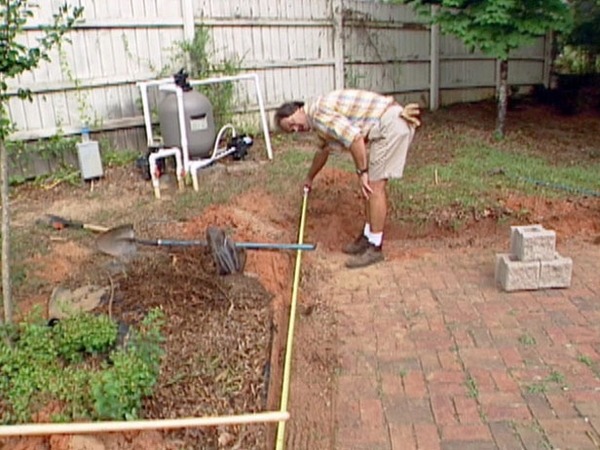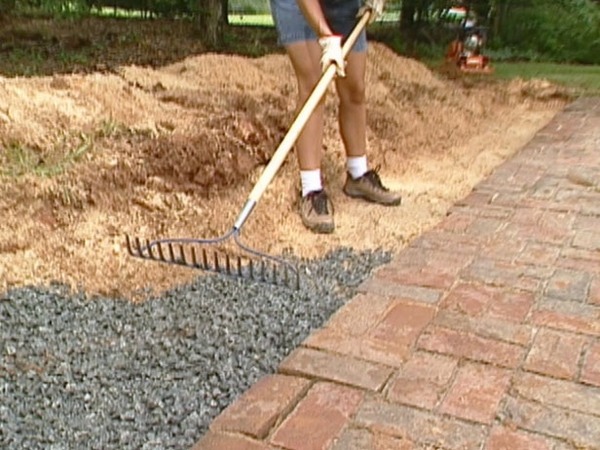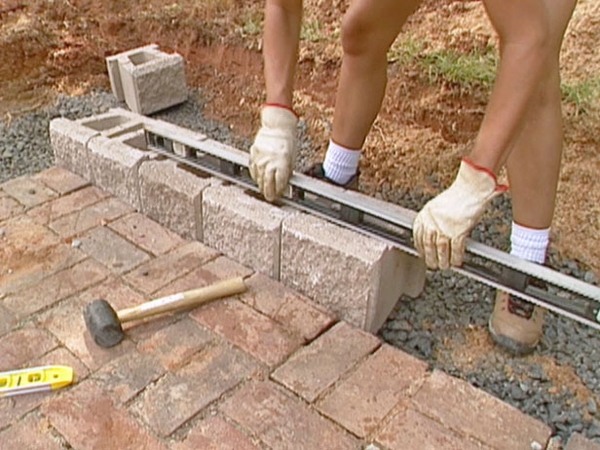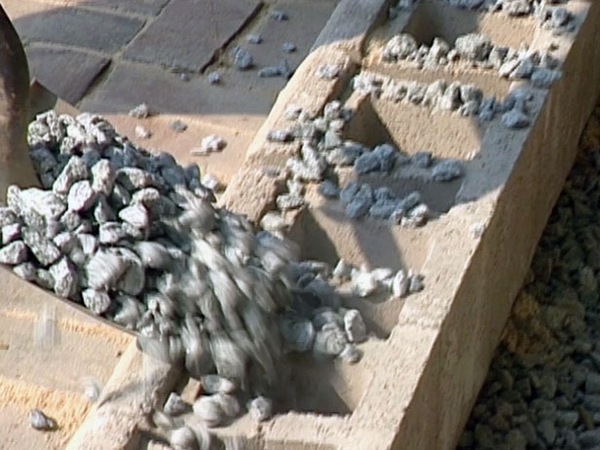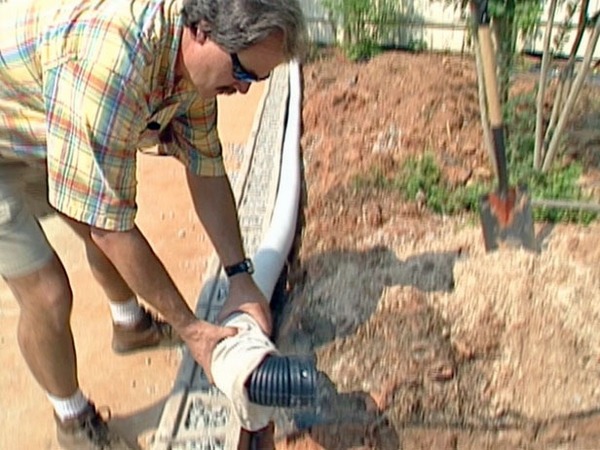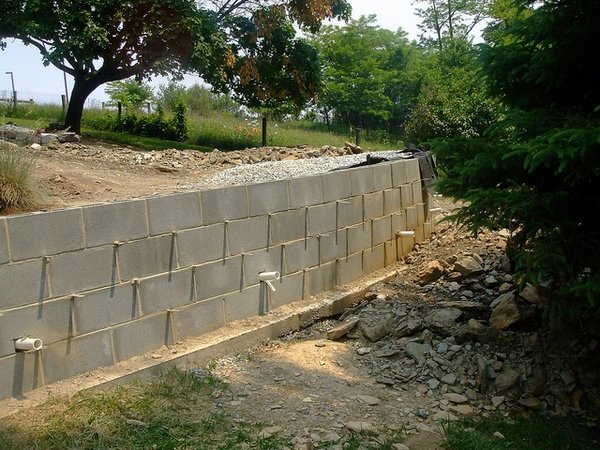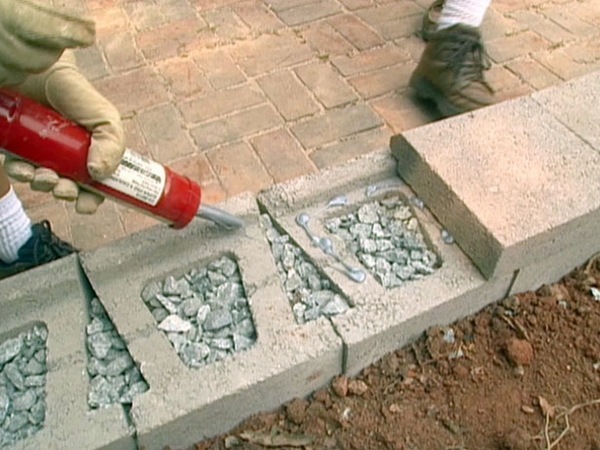Are you considering building a retaining wall with cinder blocks and concrete blocks on your sloping terrain? This comprehensive guide will walk you through the essential steps, materials, and design considerations to ensure a stable and aesthetically pleasing structure for your property. From selecting the right materials to following expert advice on construction techniques, this article is tailored for DIY enthusiasts looking to enhance their outdoor spaces with a functional and visually appealing retaining wall.
Building a retaining wall on sloping terrain can be done using various methods and materials. Homeowners often inquire about the best materials, wall types, and the overall impact on their home\’s appearance. In this guide, we will provide answers to these questions, specifically tailored for individuals embarking on a DIY project.
The initial step in planning a retaining wall is crucial. Consulting with a professional about the best retaining wall ideas and designs is highly recommended. The chosen material should be stable, functional, and aesthetically pleasing. Ensuring that the wall is completely level is paramount for its stability.
Many DIY enthusiasts opt for cinder blocks or sturdy concrete blocks to construct a basic retaining wall. These purpose-designed blocks are relatively easy to assemble and cost-effective. Interlocking blocks, which do not require mortar, are a popular choice due to their affordability and ease of installation.
For those wondering about the construction of a retaining wall, there are fundamental rules and steps to follow.
The initial step involves marking the wall\’s location and defining the desired height of the wall using a string to ensure levelness.
The second step involves excavating the area, filling it with compacted gravel, and ensuring proper leveling.
The next step involves laying the blocks, ensuring alignment with a rubber mallet, and filling the cores with gravel.
Ensuring proper drainage is essential. Install a drainage pipe and continue laying subsequent courses of blocks, maintaining alignment and levelness.
Complete the wall by adding the top course with capstone blocks and secure them using special adhesive. Follow the manufacturer\’s instructions for drying.
Frequently Asked Questions
1. What are the recommended materials for building a retaining wall on sloping terrain?
For constructing a retaining wall on sloping terrain, cinder blocks and concrete blocks are popular choices due to their stability, functionality, and aesthetic appeal.
2. Is it necessary to consult with a professional before starting a retaining wall project?
It’s highly advisable to consult with a professional to get expert advice on retaining wall ideas, designs, and material selection to ensure a structurally sound and visually pleasing outcome.
3. Why is it crucial to ensure the retaining wall is completely level during construction?
Levelness is paramount for the stability of a retaining wall. Ensuring that the wall is completely level helps distribute the weight evenly, preventing potential structural issues in the future.
4. What are the advantages of using interlocking blocks for a retaining wall?
Interlocking blocks, which do not require mortar, are popular for their affordability and ease of installation. They offer a cost-effective solution and are relatively simple to assemble.
5. How important is proper drainage in the construction of a retaining wall?
Proper drainage is essential to prevent water buildup behind the wall, which can lead to structural damage. Installing a drainage pipe ensures efficient water runoff and helps maintain the wall’s integrity over time.
6. What is the final step in completing a retaining wall project?
The final step involves adding the top course of the wall with capstone blocks and securing them using special adhesive. It’s crucial to follow the manufacturer’s instructions for proper installation and drying.
7. Are there specific precautions to consider when laying subsequent courses of blocks in a retaining wall?
When laying subsequent courses of blocks, it’s important to maintain alignment and levelness throughout the construction process. Using a rubber mallet to adjust the blocks and ensuring a solid, compacted core with gravel are key precautions to observe.

